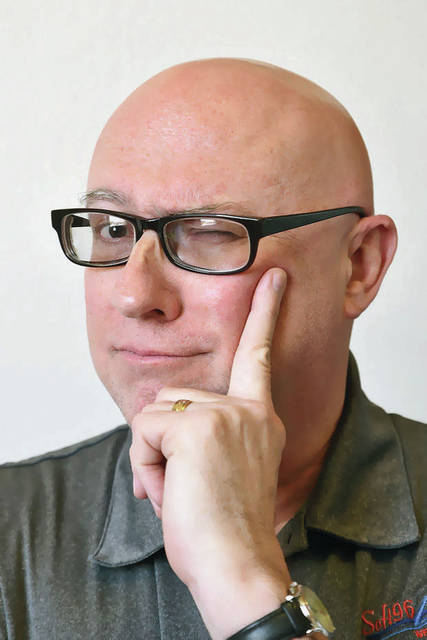“Star Wars,” “Raiders of the Lost Ark,” “Star Trek” and “Back to the Future” were transformative movies for me. Having grown up with Herbie the Love Bug and searching for Noah’s Ark at the Russell Theatre, flying through space in the Millennium Falcon and traveling around the world to find the Ark of the Covenant stretched my imagination in ways I had never considered possible.
Space flight seemed simple enough. All you needed was a matter-antimatter engine. Hunting for treasure apparently required only a whip and a fedora. Don’t even bring up Indiana Jones and those Crystal Skulls – as far as I’m concerned, that movie doesn’t exist.
Then there was traveling through time. “Star Trek” did it often, but only with the goal of restoring a messed-up continuum. “Star Wars” never hopped dimensions, because they were too busy muddling through various existential crises, desolate landscapes and trade wars. Indiana Jones dealt with the mystical, not the intergalactic.
Which brings me “Back to the Future.” They went there and did that – temporally speaking. What started out as an experiment by an eccentric inventor turned out to be not only an upheaval of the space-time continuum, but also the theft of plutonium from fellows who looked, by all measures, to be honest brokers in fissionable material.
The whole film was entertaining, to be sure. Especially when you got to the “goosebumps moment,” when Doc Brown’s DeLorean reached 88 miles an hour, activating the Flux Capacitor and sending both the car and its passenger (Brown’s dog Einstein) one minute ahead in time.
From these film franchises I learned one major lesson: Traveling through space and stumbling through booby-trapped caves is one thing. Traveling through time is a whole other thing altogether.
The well-trained representatives of “Star Trek’s” Federation had the good sense to know not to mess with the timeline, because even the most benign action could affect how the future would unfold.
In the “Star Wars” universe, time travel was not even a consideration. After all, these are the folks who created Jar Jar Binks. Would you trust them with a universal timeline?
Yet in the world of “Back to the Future,” Marty McFly, a teenager, obviously addled by rock music that was “just too loud (hat tip to Huey Lewis),” proceeded to make his own life better at the expense of bellicose bully Biff Tannen and who knows how many millions of other lives across the globe.
As McFly ran willy-nilly through the 1950s going by the alias “Clint Eastwood,” he upset the past by interfering in the relationship of his future parents, George McFly and Lorraine Baines. During his idle time, he antagonized bully Biff Tannen, setting up such Keystone Kop tomfoolery as maneuvering Biff into driving his car into the back of a manure truck.
By the time he returned to the present and his time-traveling tinkering was over, his loser parents were successful (as were his loser siblings), Marty had a girlfriend who was going to camp with him for the weekend in his heretofore non-existent SUV, and Biff Tannen was relegated to a job below his former pay scale.
That brings us to the over-arching question in “Back to the Future:” Is Biff Tannen a bully or a victim? Is Marty’s bumbling interference with the timeline an effort to improve his family’s lives or a selfish move that destroys the lives of multitudes in an altered future?
Man, I hate bullies. Having been the victim of them in my youth, I long imagined an adult me going back in time and cutting them down to size, if only verbally. But as Captain James T. Kirk said in “Star Trek V,” he needed his emotional pain, because the good and the bad in his life molded him into the person he would turn out to be.
The damage Marty did would have been on a global scale. What about Mrs. Biff? The Tannen’s little Bifflings? Biff’s employees and their families? And so on and so on.
In that light, I must align myself on the side of Team Biff and call out Team Marty for harmful behavior to achieve his own selfish ends.






